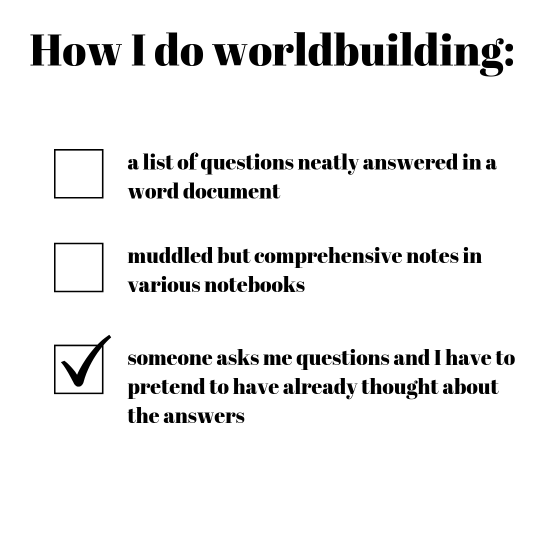A collection of cowritten projects, WIPs, and snippets! Written and run by Mods Crooked Writer and Inkwell.
Don't wanna be here? Send us removal request.
Text
Writing Fights That Are More Than Just Punches
REAL fights aren’t about the dishes in the sink. They’re about what the dishes represent. Neglect. Disrespect. One more little way you made me feel like I don’t matter.
When characters explode, make sure it’s a culmination, not a random Tuesday outburst. Sow those seeds way earlier. Every ignored text. Every moment one character flinched but didn’t speak. Let it simmer like a pot left on the stove too long — and then blow the lid off.
“You left your socks on the floor again!” Translation: You stopped caring about making me feel wanted.
╰ The “Fight Like Yourself” Principle Your shy, conflict-avoidant character isn’t going to suddenly monologue like a Shakespeare villain. They’re going to stutter. Misfire. Maybe say something stupid and instantly regret it. Your cocky, snarky character? They’ll joke until they’re cornered — and then bite. HARD.
Write fights in a way that honors your characters’ personalities even when they’re falling apart. Actually, especially when they’re falling apart.
The sarcastic one cracks a joke that lands wrong. And when the other person flinches, really flinches, the jokester looks like they just slapped themselves in the face.
╰ The "Weaponized Vulnerability" Strike Want a fight that stings? Let one character use something the other trusted them with, something private, something raw as a weapon. It’s dirty. It’s low. It feels like betrayal because it is.
“You know why nobody sticks around, right? Even your mom didn’t.” (The one thing they confessed one night, drunk and shaking. Now thrown back like a grenade.)
╰ The “No Winner, Only Wreckage” Outcome A good fight doesn’t end clean. Nobody walks away feeling like they "won." They walk away wrecked. Lonely. Furious. Guilty. Sometimes victorious in the worst possible way. If both characters don’t feel like they lost something by the end of it, time to dig deeper.
One character storms out thinking, I showed them. But on the way home, they realize their hands won’t stop shaking. And the empty seat beside them has never felt so heavy.
╰ The “Body Language Screams Louder Than Words” Method Fights aren’t just yelling. It’s clenching fists that don’t throw punches. It’s pacing like a caged animal. It’s backing into a corner you don’t even realize you’re in. Describe the tension bleeding out of their bodies.
The vein in his temple throbs. She’s standing stiff as a lamppost, arms folded so tight she might snap her own bones. The air between them buzzes with too many things left unsaid.
╰ Some Types of Fights to Play With...
The Blow-Up Over Nothing: Petty argument becomes nuclear meltdown because of all the built-up resentment.
The Long-Slow Death: Cold silences. Sharp comments. No shouting — just a slow suffocation.
The Misfire: They’re mad at someone else, but they unleash it on the wrong person. (And regret it instantly.)
The Final Straw: One wrong move, one broken promise too many, and snap — years of loyalty gone in a second.
A good fight scene shouldn’t just bruise skin. It should bruise souls.
Make your characters shatter themselves a little bit. Make the reader beg them to fix it and wonder if they ever truly can.
1K notes
·
View notes
Text
hyperfixation please stay with me long enough to complete the project. hyperfixation do not fade. hyperfixation finish what you started for the love of god
142K notes
·
View notes
Text

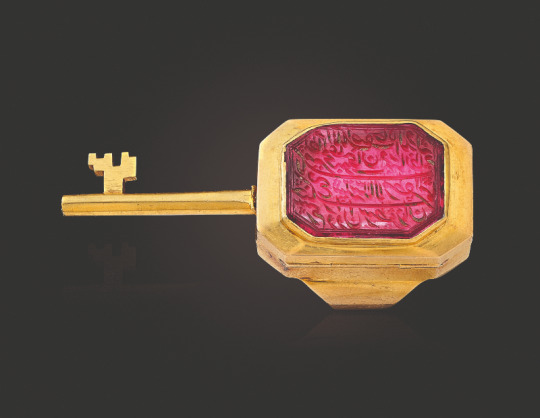
Gold ring with spinel seal and hidden key, India, mid to late 19th century
from Christies
938 notes
·
View notes
Text

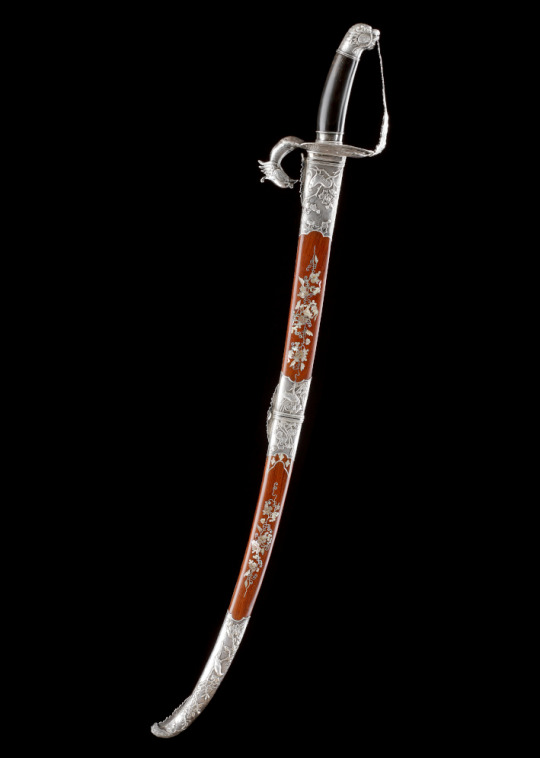

Guom with silver phoenix hilt, Vietnam, 19th century
from Runjeet Singh
436 notes
·
View notes
Text
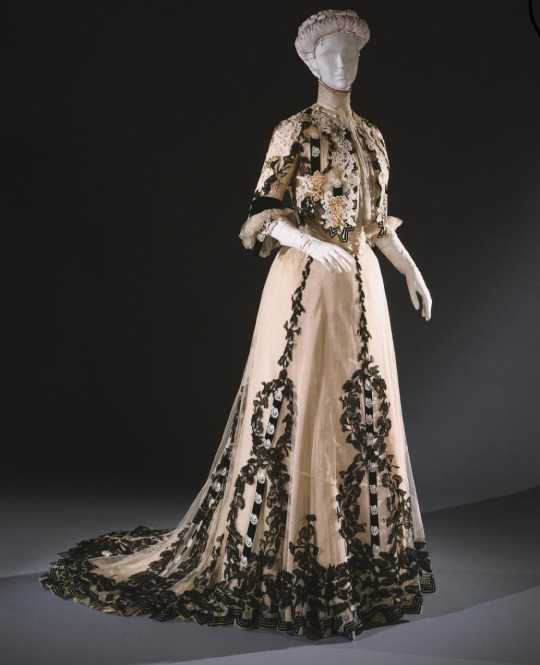
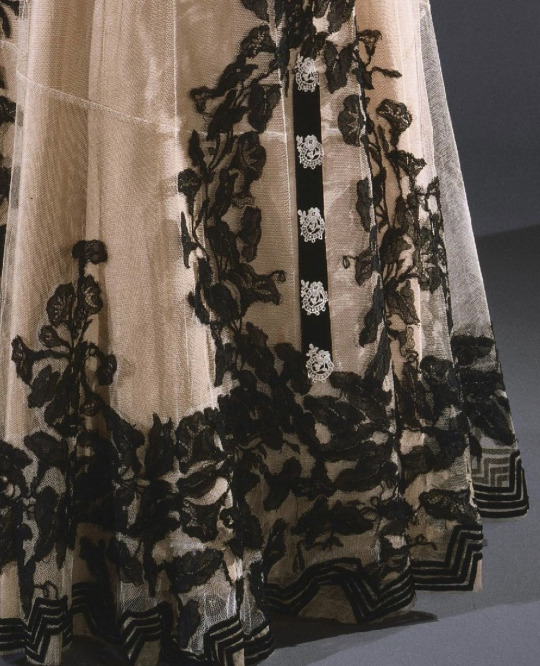

c. 1902-1907
Gustave Beer, Philadelphia Museum of Art
931 notes
·
View notes
Text
A tutorial on a (bit cheating) way of creating fictional maps.
Open your editing software (RECOMMENDING Krita, since it's free and it's very good).
Step 1: Google "X country silhouette" and copy it.
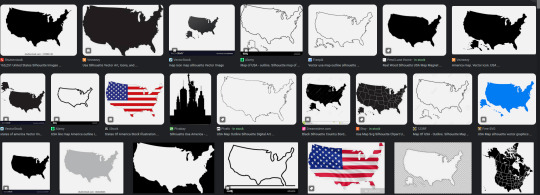
Paste it onto the canvas.
Step 2: Separate the silhouette from the background you copied with it! You can do that by using magic wand selection tool or by making a gradient map with black on 49,9% and transparent on 50% on the slider.


Step 3: Repeat several times with numerous countries and/or islands, cities, municipalities, communes, continents et cetera.
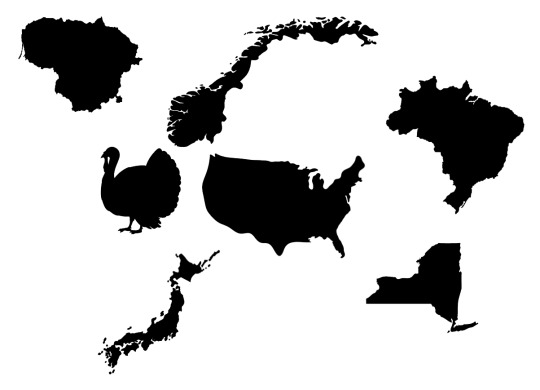
Step 4: Combine, mesh, stretch, rotate, mirror - go ham, make it work.
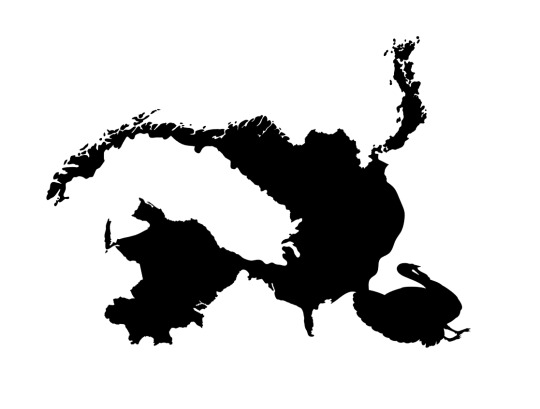
Step 5: Erase and add.
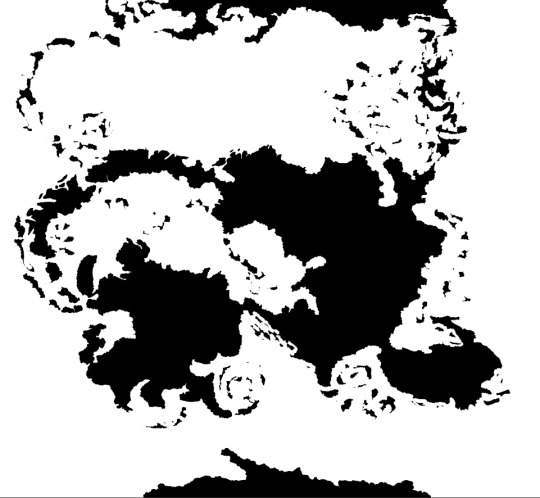
Step 6: Have your map outline ready, copy/paste it several times in the same doc on different layers and edit in different ways like biomes, kingdoms, mountains and other.
Step Mountains+: To figure out mountains, make another layer on the doc and do something like this:
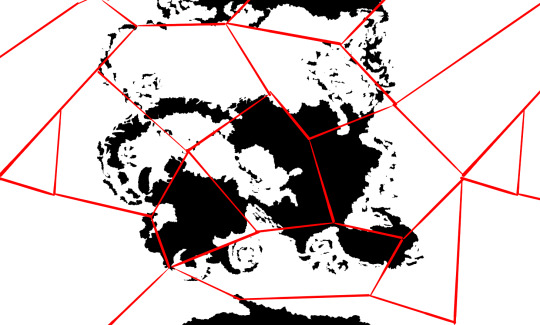
-and then in every polygon you add an arrow.
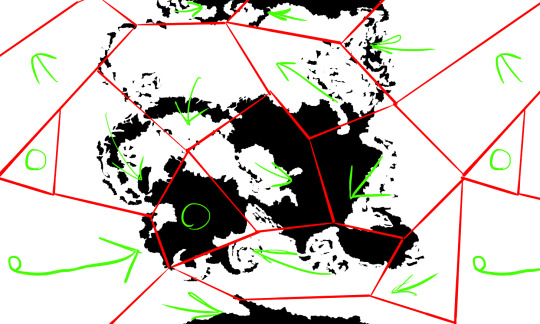
Where arrows meet or transfer onto continents, add mountains.
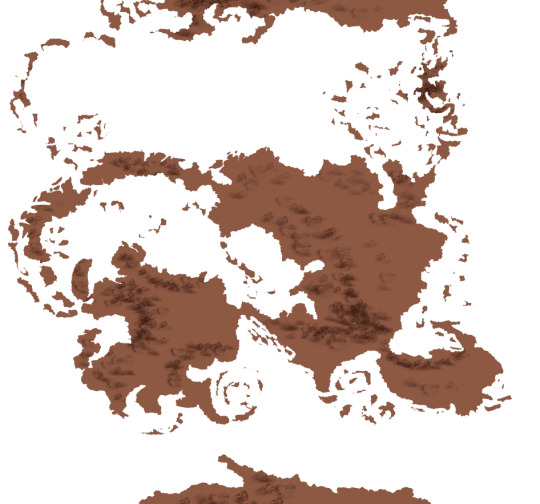
Color the sea with a couple layers of depth and you're done :D


12K notes
·
View notes
Text

ca. 1908-1909 Evening dress with replacement under-skirt. From tumblr.com/steliosagapitos/693446776911527936/dress-ca1908-9-the-ornate-decoration? 1280X1707.
11 notes
·
View notes
Text

1908 Betty Wertheimer by John Singer Sargent (Smithsonian American Art Museum - Washington, DC, USA). From americanart.si.edu/artwork/betty-wertheimer-21624 1977X2485.
9 notes
·
View notes
Photo
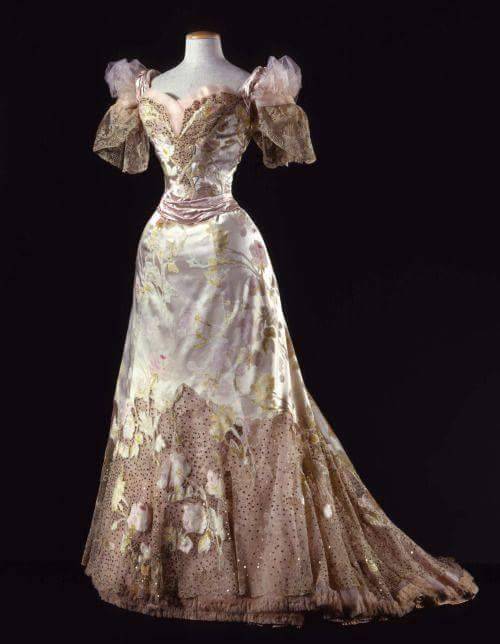

Ball Gown
Jean-Philippe Worth, 1902
Collection Galleria del Costume di Palazzo Pitti
1K notes
·
View notes
Text
WORLDBUILDING RULE NUMBER ONE: PUT A FUCKING EQUATOR IN YOUR WORLD MAP
WORLDBUILDING RULE NUMBER TWO: IF THERE ARE POTATOES IN YOUR WORLD THERE MUST BE AN ANDES FROM WHERE THEY CAME FROM
WORLDBUILDING RULE NUMBER THREE: PUT. A. FUCKING. EQUATOR. IN. YOUR. WORLD. MAP.
WORLDBUILDING RULE NUMBER FOUR: ANY PLACE SOUTH OF THE EQUATOR CAN AND MUST BE AN ARGENTINA EQUIVALENT
14K notes
·
View notes
Text
[Hanfu · 漢服]Chinese Eastern Han Dynasty (25–220 A.D.) Traditional Clothing Hanfu with Actor Liu Tao/刘涛



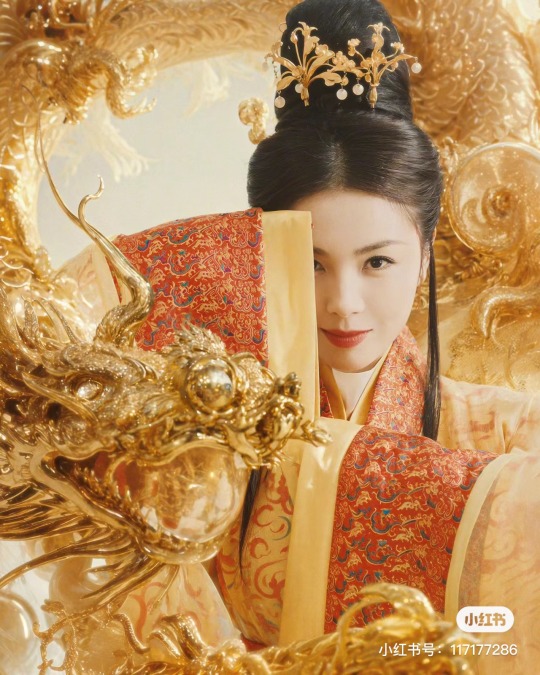



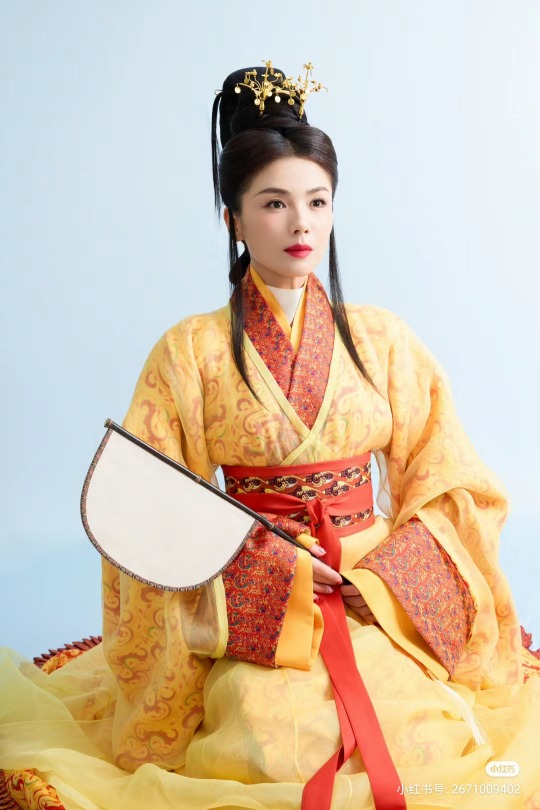

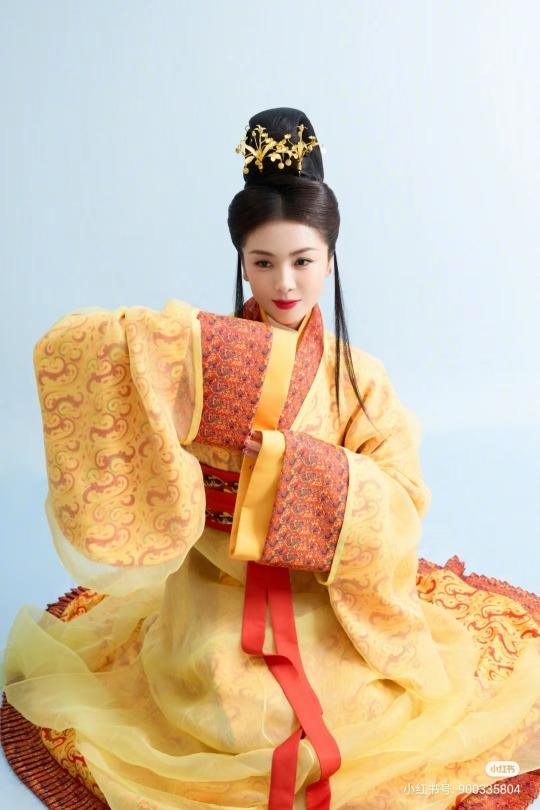
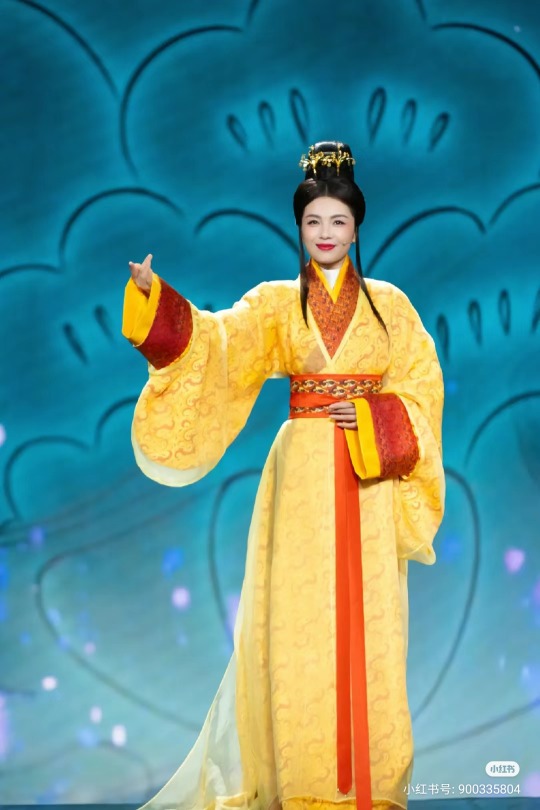
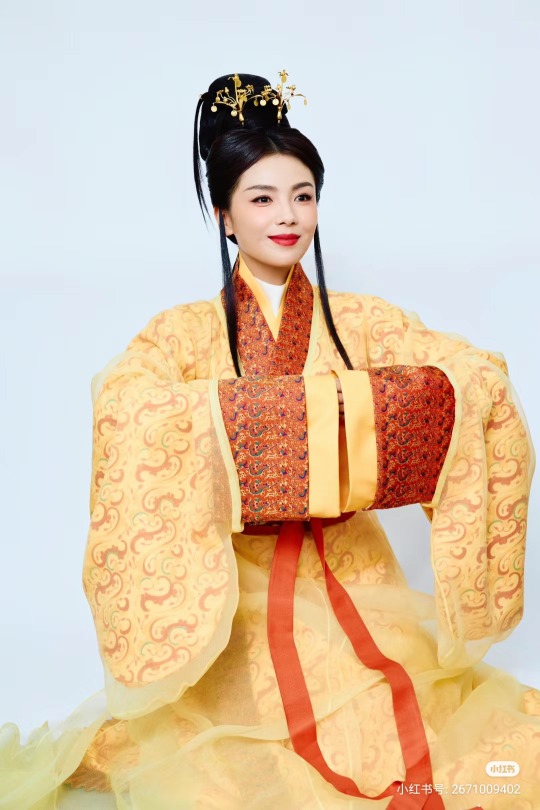

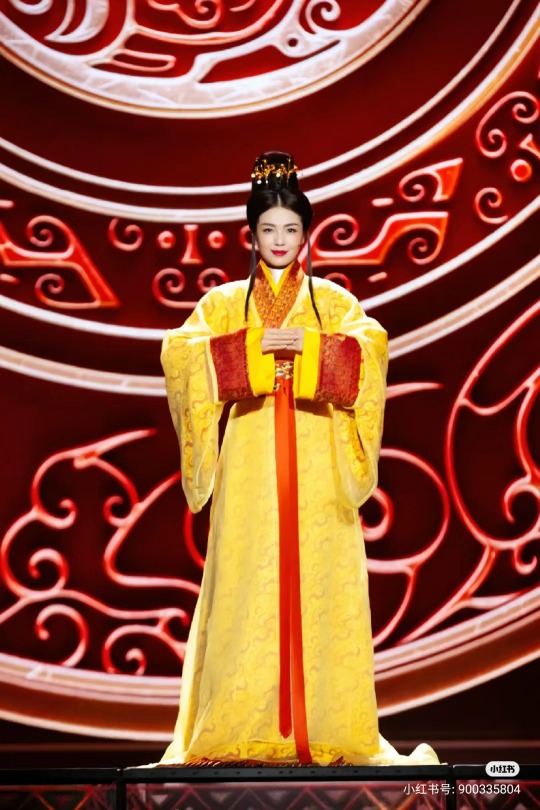
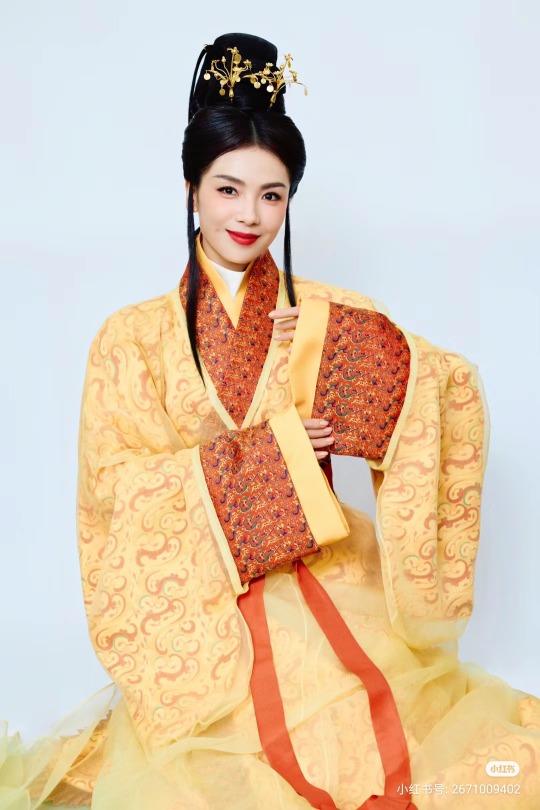

【Historical Artifacts Reference 】:
▶China Han Dynasty Murals<Part of the person holding the halberd and sword>, Luoyang Museum Collection.

▶China Jin Dynasty Painting By Gu Kaizhi (Chinese: 顧愷之,344–406)
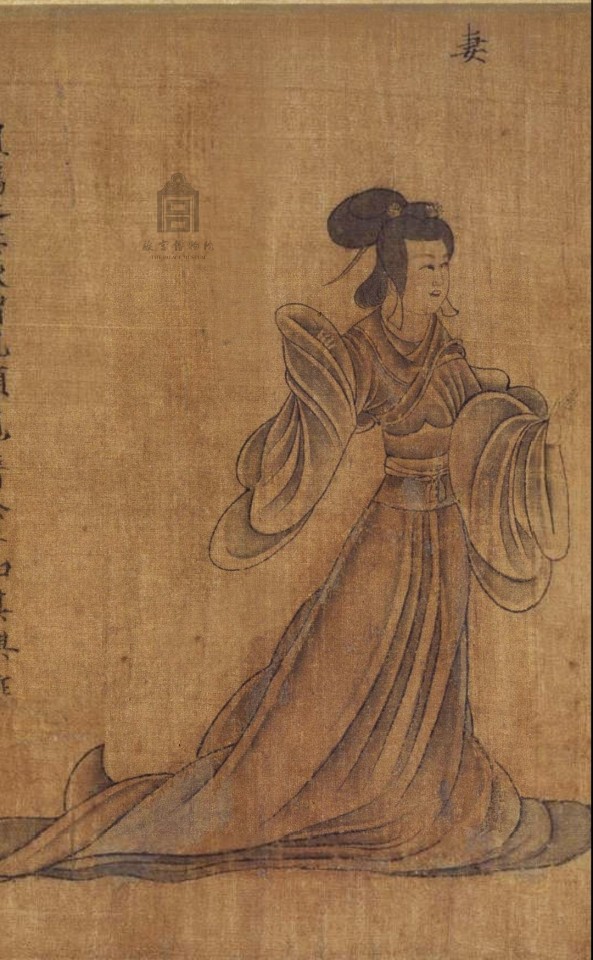

223 notes
·
View notes
Text
When it comes to high-context and low-context cultures, where one has the expectation of people understanding specific subtle nuances of what someone says, and the other has the expectation that everything needs to be explicitly said to be understood, I've heard plenty of people from low-context cultures ask "why not say what you mean and mean what you say then, why would you have to speak in riddles?" about high-context ones, like people of the latter type are just being cryptic and esoteric on purpose.
But culture does not consist of things you do on purpose, it is just the way things are done where you were raised. And when you were raised in a high-context culture, the thought of needing to explicitly state something instead of using some phrase or expression that you've learned to use comes as a culture shock, too. It's not "fuck you for not correctly understanding my riddles three", but "oh shit, I hadn't occurred to me that I would need to say that out loud."
The first time I went on a business trip to the US, my partner came with me, and we immediately discovered that he does not fare well on long flights. So when my publisher asked me about future trips, inquiring whether my partner would be coming with me, I asked him. He said that he would, if the flights weren't such a problem - he would need to travel in some way where he could get his feet up or lay down during flights, like business class or first class. Being also a finn, I understood what he meant and relayed the message as is to my publisher, not considering that they might not.
To both of our surprise, they started to actually look for first class tickets for us.
Finnish culture is a high-context one, people don't talk much and aren't very confrontational. Being demanding and putting someone else into a position where they're forced to be upfront or demanding is rude. And in finnish, saying "this would only be possible if these entirely absurd/completely impossible conditions were met" is a polite way of saying "no". You are simply explaining why something cannot be done, without either saying an explicit "no" or seeming like you're making up excuses. It offers the other party an opportunity to agree that these conditions cannot be met, so neither party will come off as confrontational or demanding.
Both me and my boyfriend considered it self-evident that the request was absurd, and could not be read as anything but a polite way to decline. It had not occurred to me that an american's natural response to "it would be impossible to do this" is to start figuring out how to do it anyway.
9K notes
·
View notes
Note
do you have any idea when people in china stopped bowing to each other as a greeting? it seems like the most common forms of greeting now is to shake hands or wave both which were introduced from the west. it's the same in taiwan too.
Tldr: It never stopped because Chinese people never had the practice of bowing in greeting the way that Japanese people did/do.
-
(Note: there are types of greetings that involve a sort of bowing (ketou), but this is reserved for special occasions)
Back in the day there was greetings were made by clasping one's hands in front of them in the direction of the person being greeted. There might be some head lowering/slight bowing involved but it's done in conjunction with the hand greeting. You can see various forms of this in historical dramas and even hanfu shows and shortform videos. The exact way one held their hands changed in some years but the general idea is the same.
Women's and men's hand greetings differed back in the day. A women's greeting was called 万福礼 wànfùlǐ and consisted of holding the hands in front of oneself and bending the legs, or holding hands at the hip, etc. The exact way to hold the hands also changes through the years. Women also do what is called 肃拜 sù bài, which is an earlier form of a women's greeting and includes getting on one's knees (thus the 拜).
Some examples of greetings:
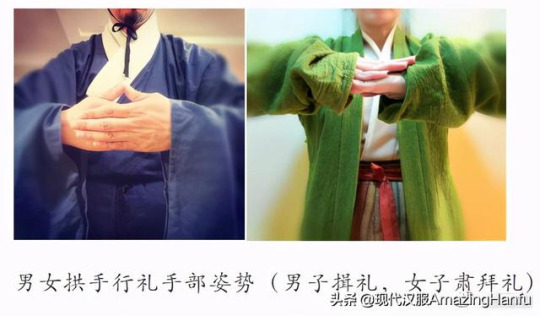
Men's vs women's hand positions



拱手礼 gōngshǒu lǐ ("cupped hands greeting"). The most common greeting. Top photo shows the gendered difference for proper etiquette for nowadays if you ware going to do it, for example, as a new year's greeting. Bottom photos: I think if you look carefully in modern society, you can still see examples of this greeting in China. It is a gesture that can also be used to expresses one's gratitude. It is still there, it's just fell out of vogue in favor for waving and hand shaking.
This can also be seen in The video above shows Ming era 万福礼 as well as men's 揖礼. 作揖礼 zuòyī lǐ ("bow with clasped hand greeting") is kind of the same thing as 拱手礼, but 作揖 specifically includes a slight bow whereas 拱手礼 is merely the raising of the hands.
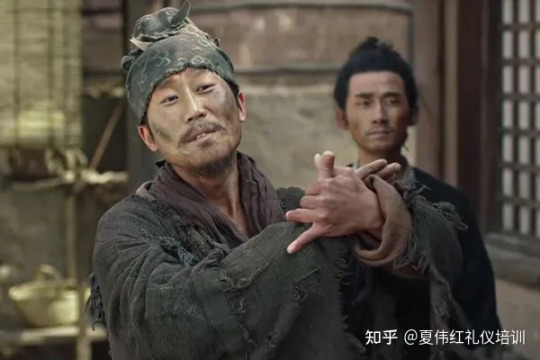
叉手礼 chāshǒu lǐ ("crossed hands greeting") popularised during the Western Jin - Song dynasties, seen in the drama "The Longest Day in Chang'an", which takes place in the Tang Dynasty. This particular greeting started out as one used by Buddhists in the Eastern Han dynasty. https://zhuanlan.zhihu.com/p/489897518

抱拳礼 bàoquán lǐ ("cupped fist greeting"). This one is something done more so by martial artists. For men, you use your left hand to cover your right hand. For women, the opposite is true. It is also called 吉拜 jíbài when showing respect. If you flip your hand (keep in mind men/women do this the opposite way), it is called 凶拜 xiōngbài and it used to show respect to the dead. So one has to pay attention to this.
There's kind of a lot more etiquette rules you could get into but this answer has already sort of gone beyond the scope of your question lol. Chinese people wrote rites books over the many dynasties so actually there are descriptions of how these greetings were done and over time and that's how they are replicated in dramas and movies.
1K notes
·
View notes
Text


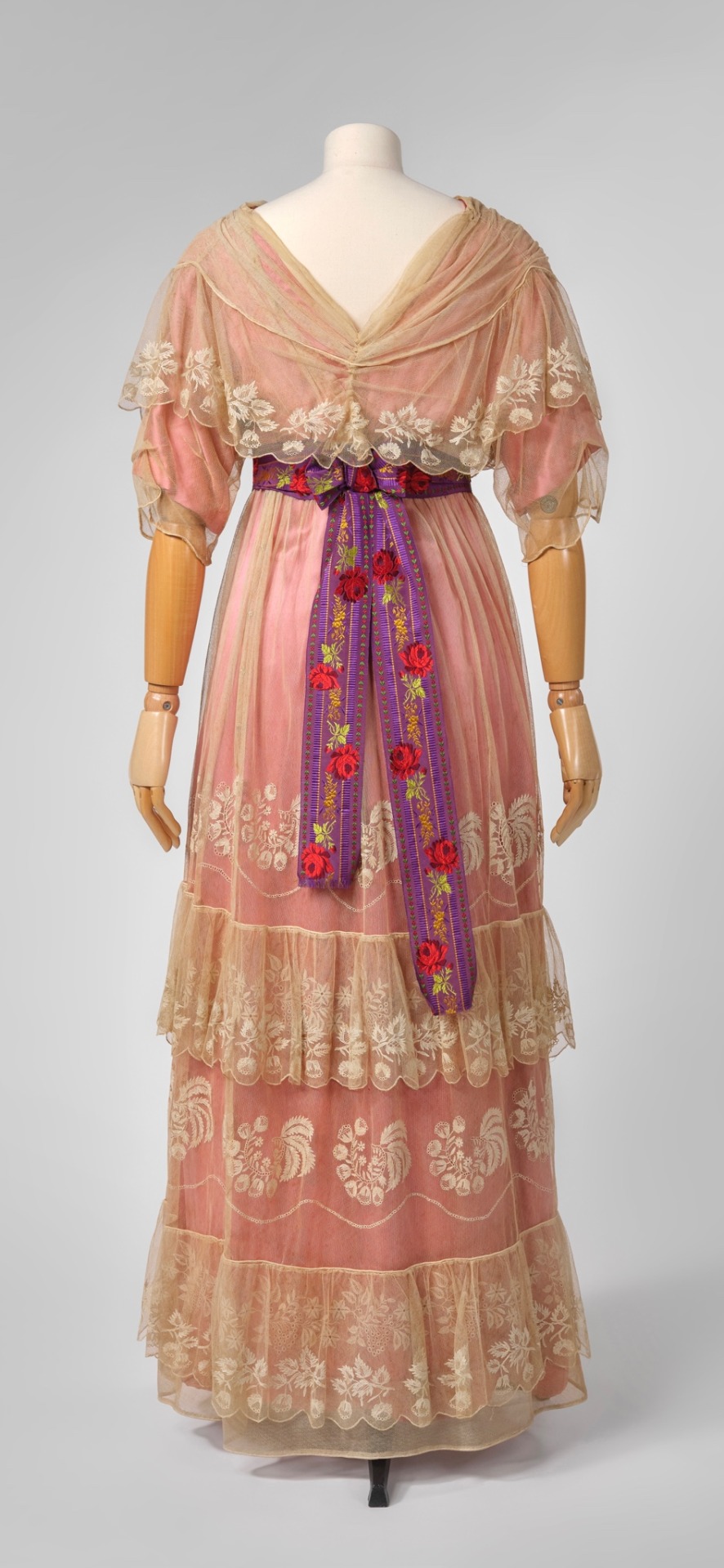
Peach pink silk dress, 1910-1912, French.
Designed by Paul Poiret.
Palais Galliera.
446 notes
·
View notes
Text
Wearing a yuanlingpao (圆领袍)
863 notes
·
View notes
Text
any magic worldbuilding where light is 'free' (does not require oil/candles/other material goods/etc) and people still live in completely medieval-style environments - or where this doesn't have a tremendous impact on architecture and lifestyle, bare minimum, is incomprehensible to me... access to light is like. So critical
4K notes
·
View notes
